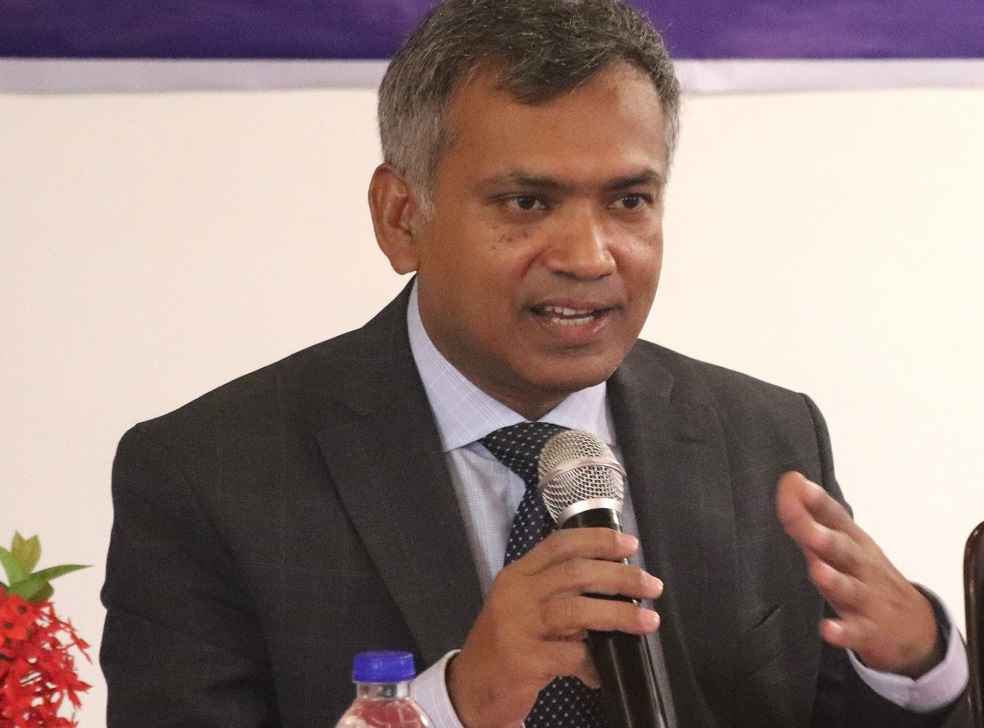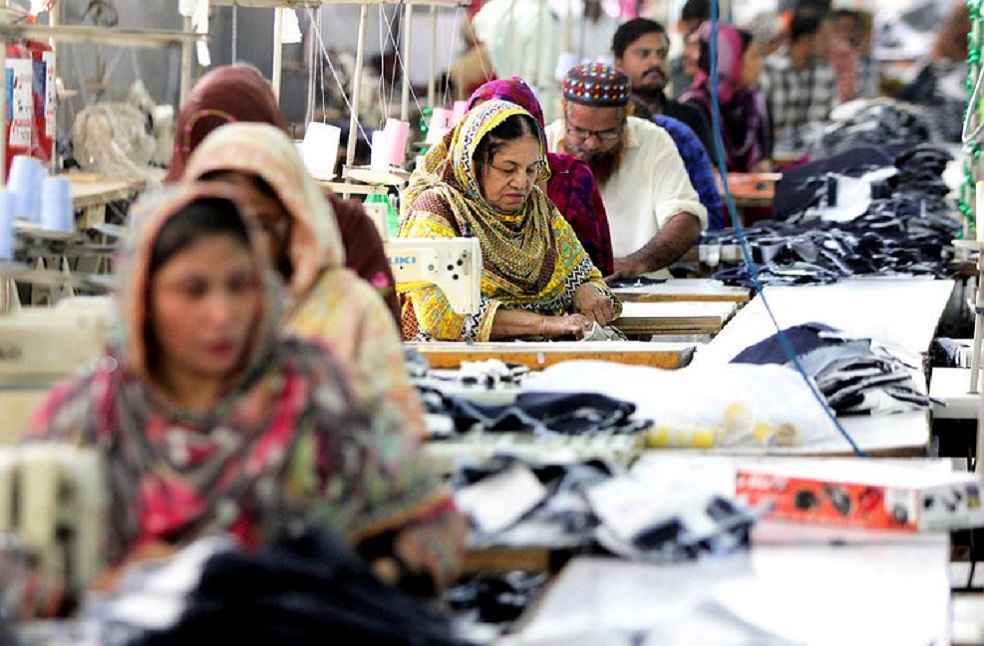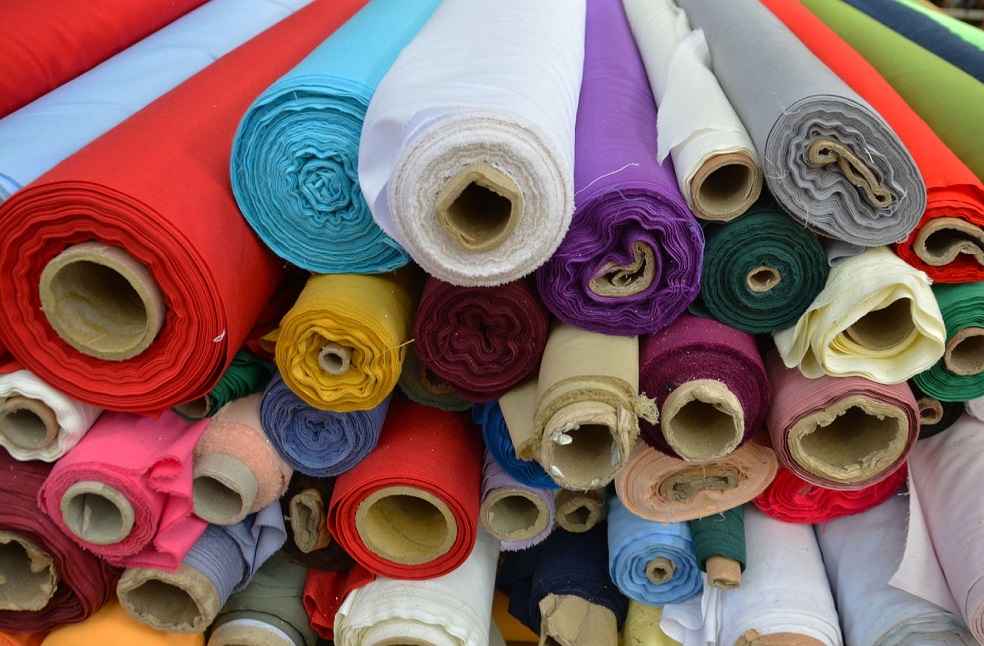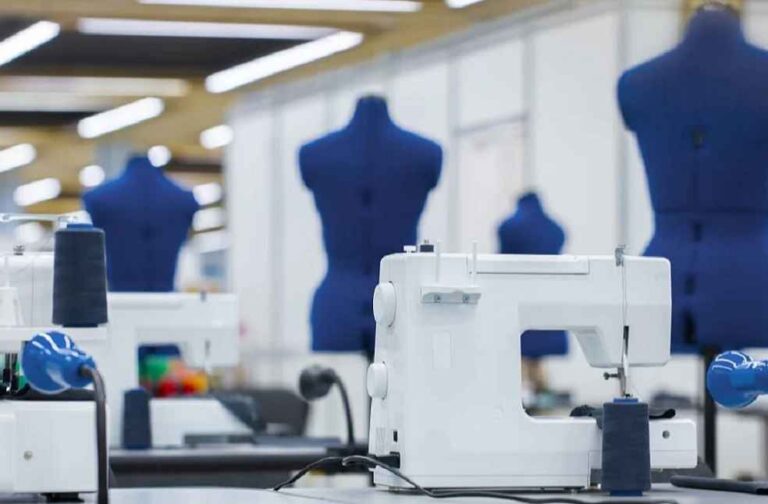With the anticipated graduation from Least Developed Country (LDC) status slated for November 24, 2026, Bangladesh confronts a pivotal shift in its apparel industry. The challenge ahead is streamlining production margin costs to stay competitive on the global stage. The change is particularly impactful for the ready-made garment (RMG) sector, traditionally buoyed by trade benefits and governmental support.
Dr. MA Razzaque, chairman of Research and Policy Integration for Development (RAPID), stressed the urgency for these adaptations at a recent seminar. His presentation, ‘Can Bangladesh Absorb LDC Graduation-Induced Tariff Hikes? Evidence Using Product-specific Price Elasticity of Demand and Markups for Apparel Exports to Europe’, underscored the imperative of focusing on skill enhancement and crafting high-value-added items for the post-LDC era.
Bangladesh’s RMG sector, a key economic pillar, has reaped considerable profits through trade preferences and state incentives such as bonded warehouses and cash incentives. Yet, these perks will wane with LDC graduation, posing a stark threat to the industry’s future earnings.

Dr. Razzaque revealed that Bangladesh’s top 50 RMG products in the European Union (EU) and the United Kingdom (UK) display high demand elasticity, with most products exhibiting an own-price elasticity between 3 and 4. Although some of these items enjoy lucrative markups, the majority hover in a range of 2 to 4.
Post-LDC tariff increases are likely to jolt Bangladesh’s export sector. The United Nations Conference on Trade and Development foresees potential export reductions ranging from 5.5 to 7.5 percent, whereas the World Trade Organization anticipates a more severe drop of over 14 percent. In the fiscal year 2022-23, Europe-bound exports from Bangladesh totaled $30.5 billion, with apparel sales accounting for $28.6 billion. Crucially, the EU and the UK are destinations for more than 60 percent of Bangladesh’s garment exports.
As an LDC, Bangladesh currently enjoys duty-free EU market access for all exports, barring arms and ammunition. This advantage has significantly contributed to the growth and profitability of the nation’s apparel sector.

Facing these imminent challenges, Dr. Razzaque advises the industry to elevate markup on existing RMG products by fostering cost efficiency. This goal can be achieved by enhancing infrastructure, power, utilities, skilled labor, management practices, modern technologies, and advanced supply chain management techniques. He also recommends diversifying the RMG product range, focusing on high-value-added items that naturally promise higher profit margins.
The shifting geopolitical landscape offers fresh prospects. With the rising adoption of the ‘China plus one’ policy by European countries for supply chain diversification, Bangladesh finds itself poised to negotiate and secure portions of these growing markets. Additionally, China’s strategic pivot towards more technology-intensive goods opens opportunities for nations like Bangladesh to capture emerging market spaces.
Yet, tariffs on Bangladeshi imports might lead to higher garment prices in the EU and UK, potentially aiding Bangladeshi exporters to mitigate the impact of preference erosion.
Transitioning from LDC status brings forth new considerations around safety, compliance, and environmental issues. Trade agreements between the EU and other apparel-exporting nations, like Vietnam’s FTAs with the EU and the UK, introduce further complexities. Bangladesh could confront a 12 percent tariff, while nations with FTAs, such as Vietnam, enjoy duty-free access, sharpening the competitive landscape.

Sharifa Khan, Senior Secretary of the Economic Relations Division, and Tapan Kanti Ghosh, Senior Secretary of the Ministry of Commerce, emphasized the need to boost productivity, quality, automation, and price competitiveness in global markets. They concurred on the necessity of reducing production expenses for Bangladesh to sustain its competitive position.
Confronted with its LDC graduation, Bangladesh’s apparel industry stands at a crucial crossroads. Strategic foresight, innovation, and adaptability to evolving global market conditions are key to maintaining and enhancing Bangladesh’s role in the international apparel sector.
FASHION INDUSTRY | Africa’s Fashion Industry Awaits Investment for Global Boom



